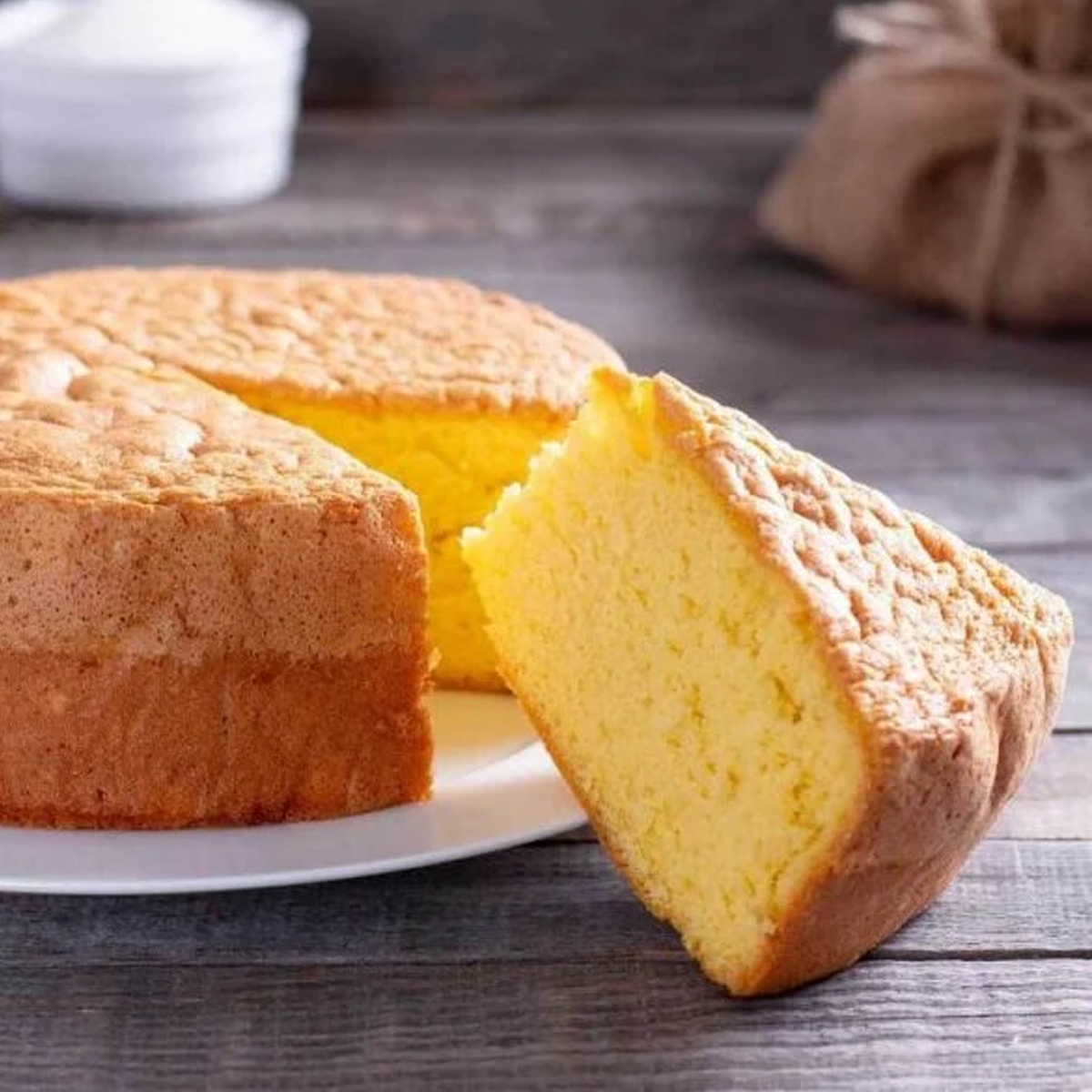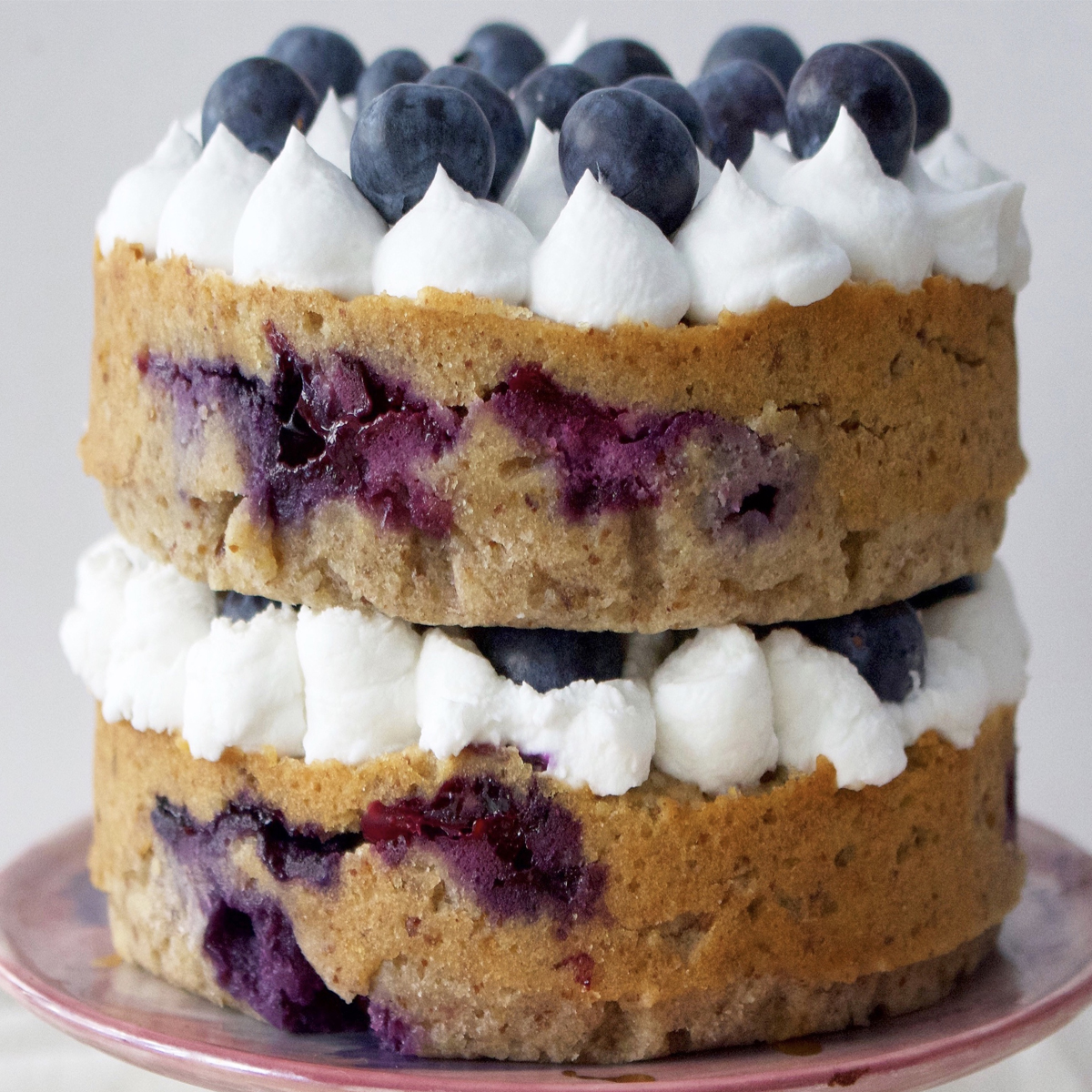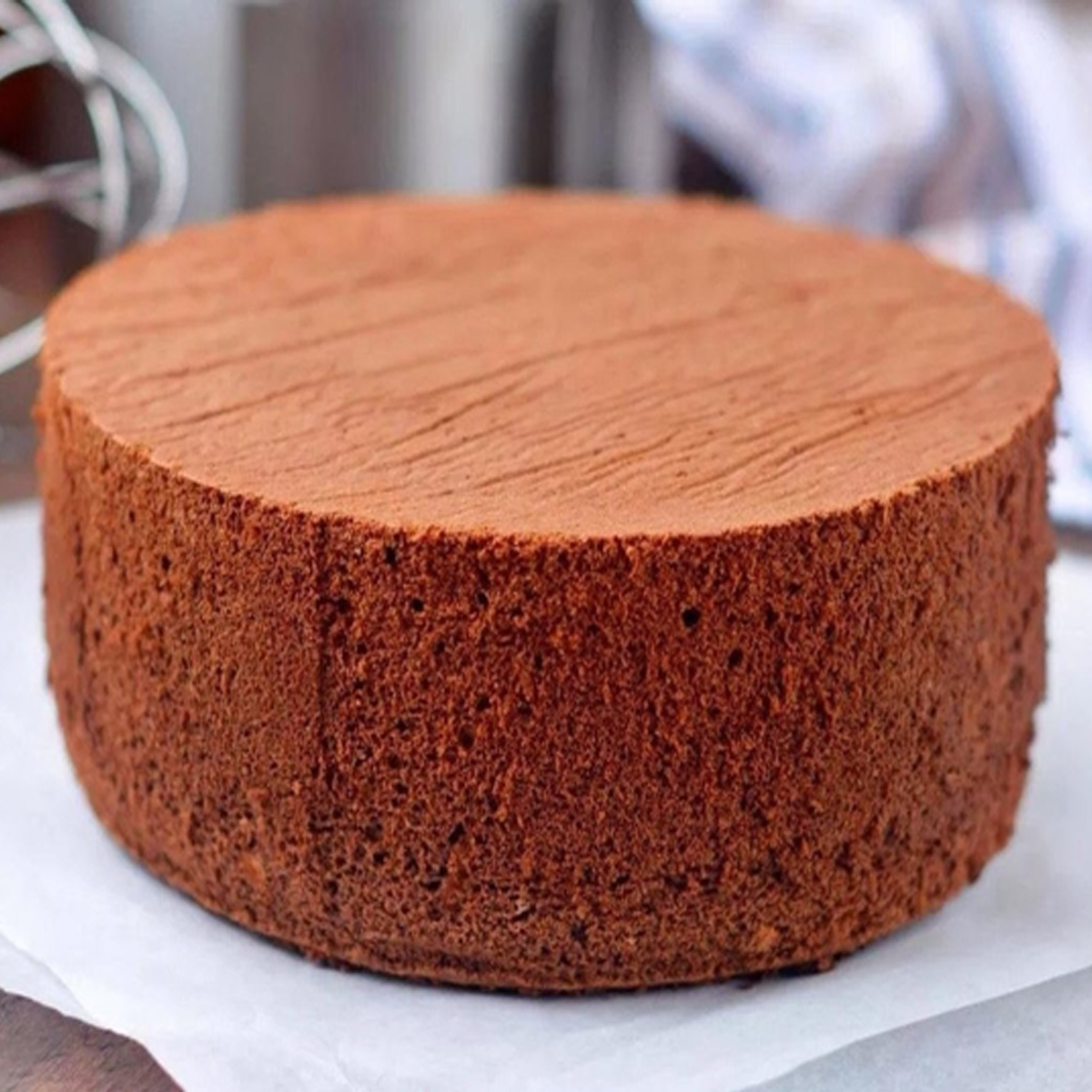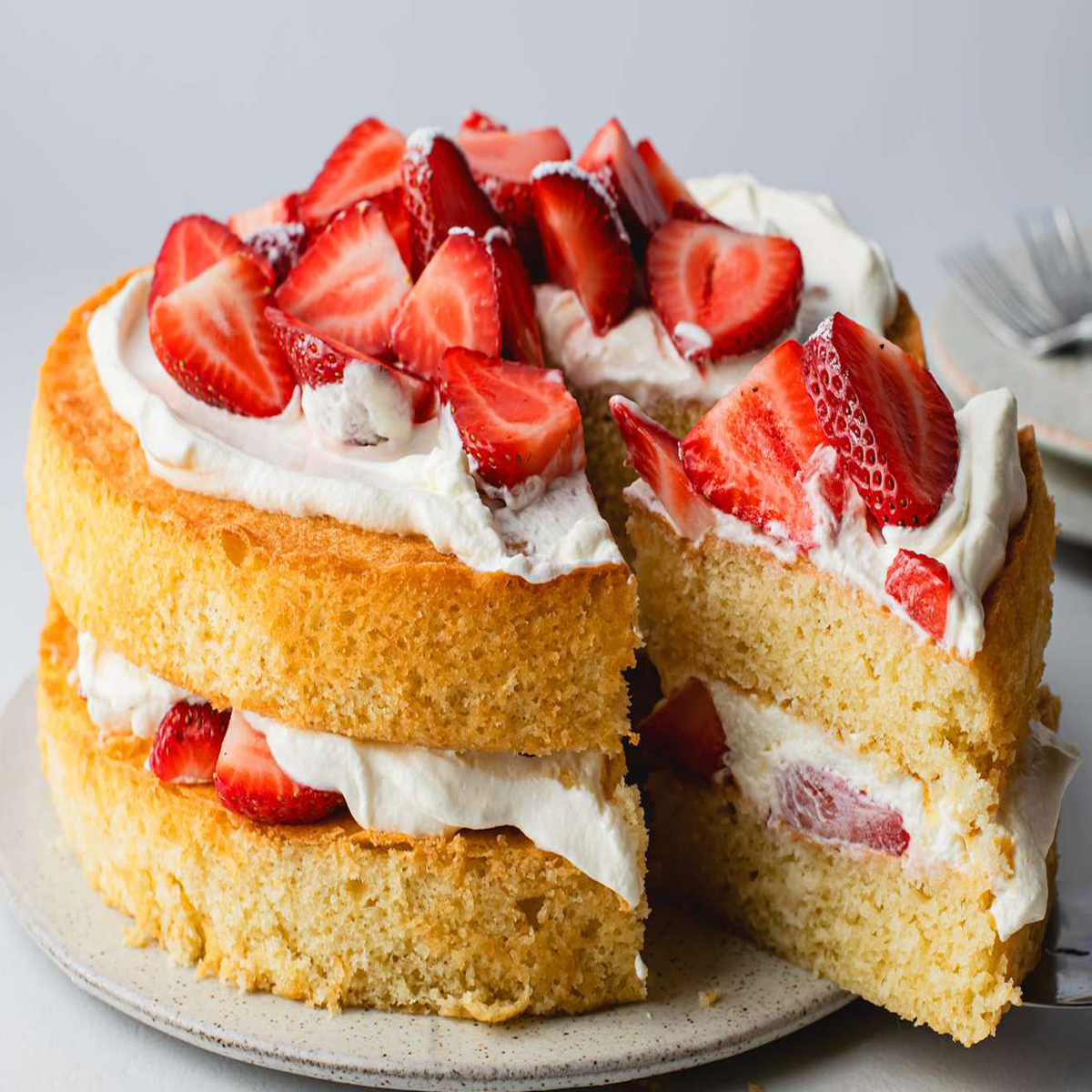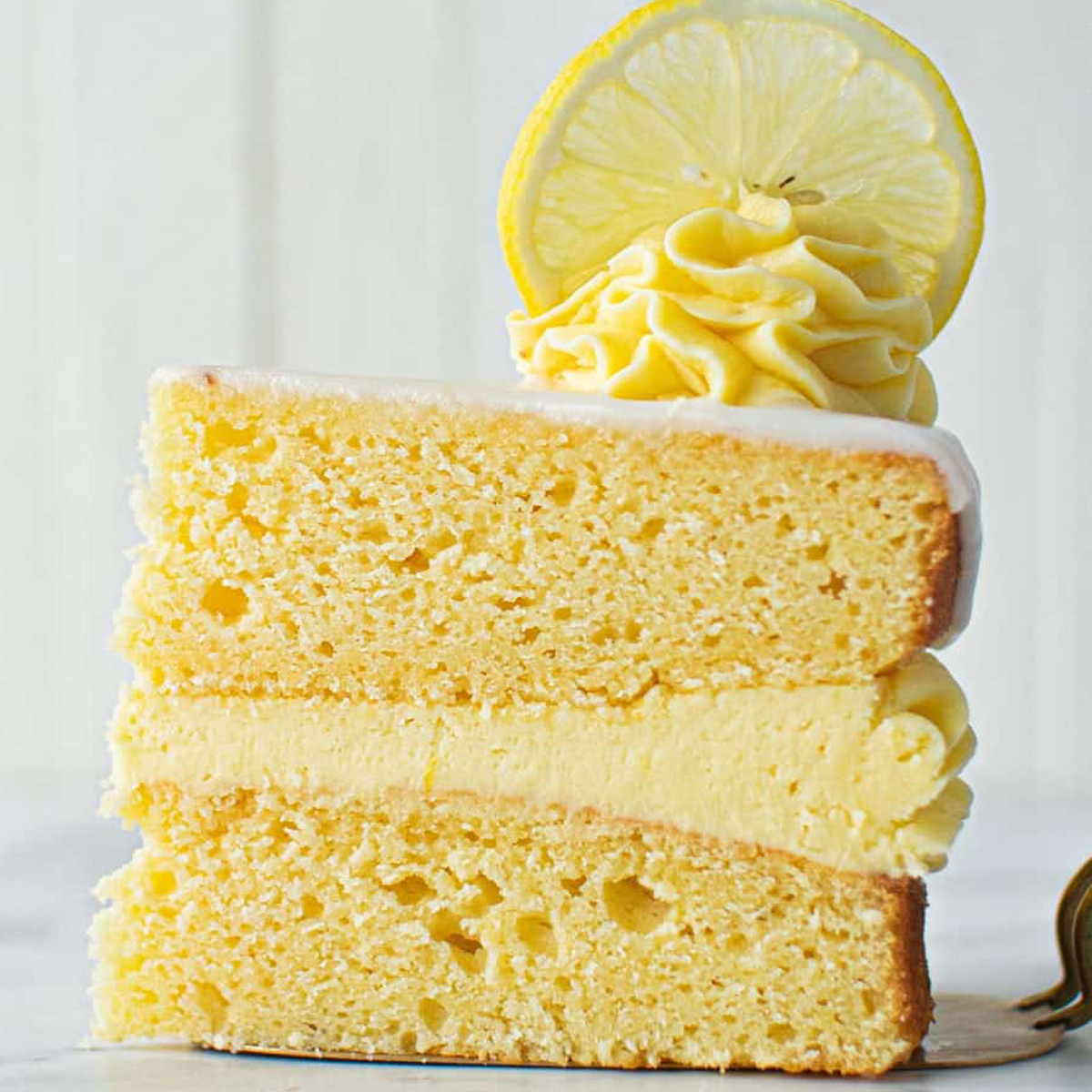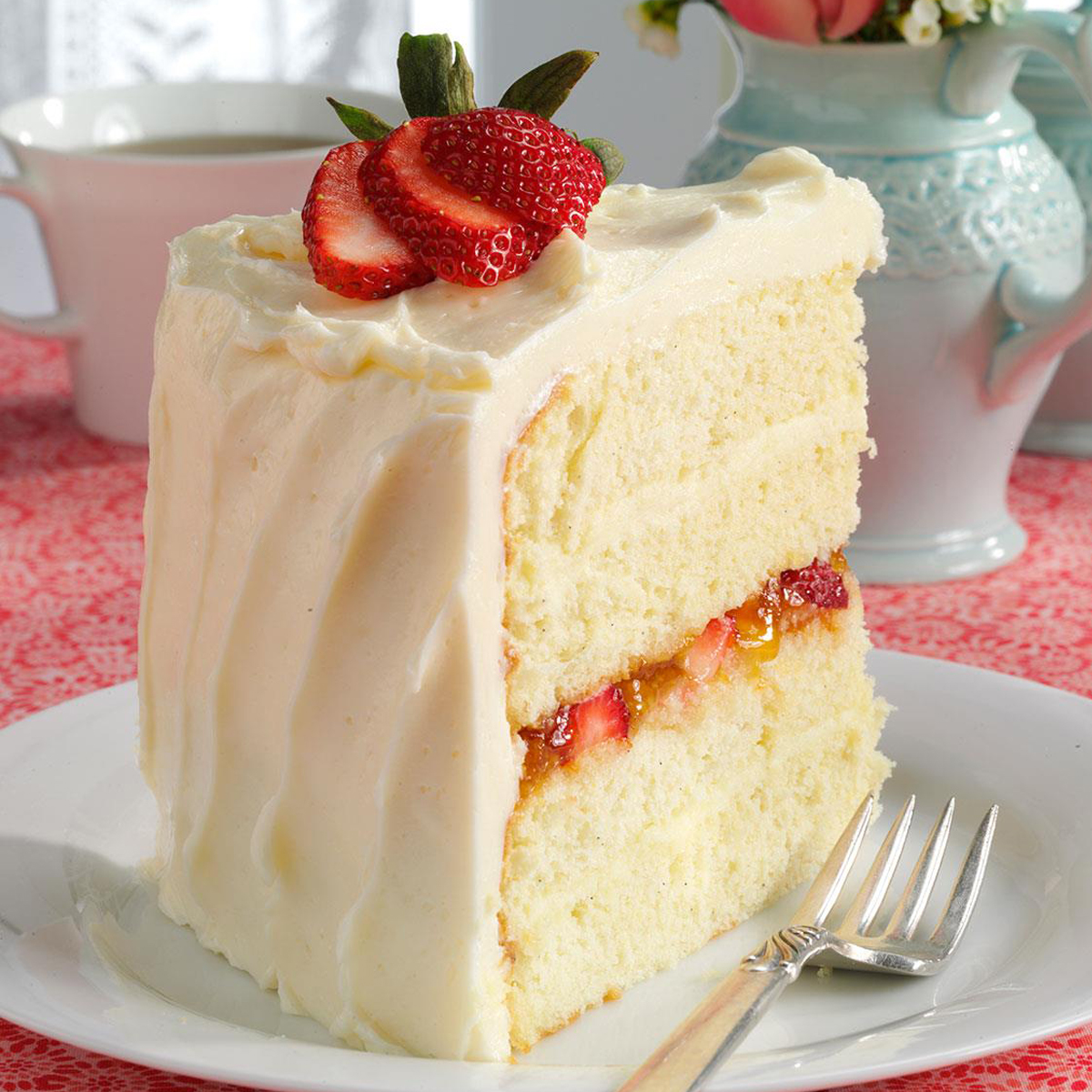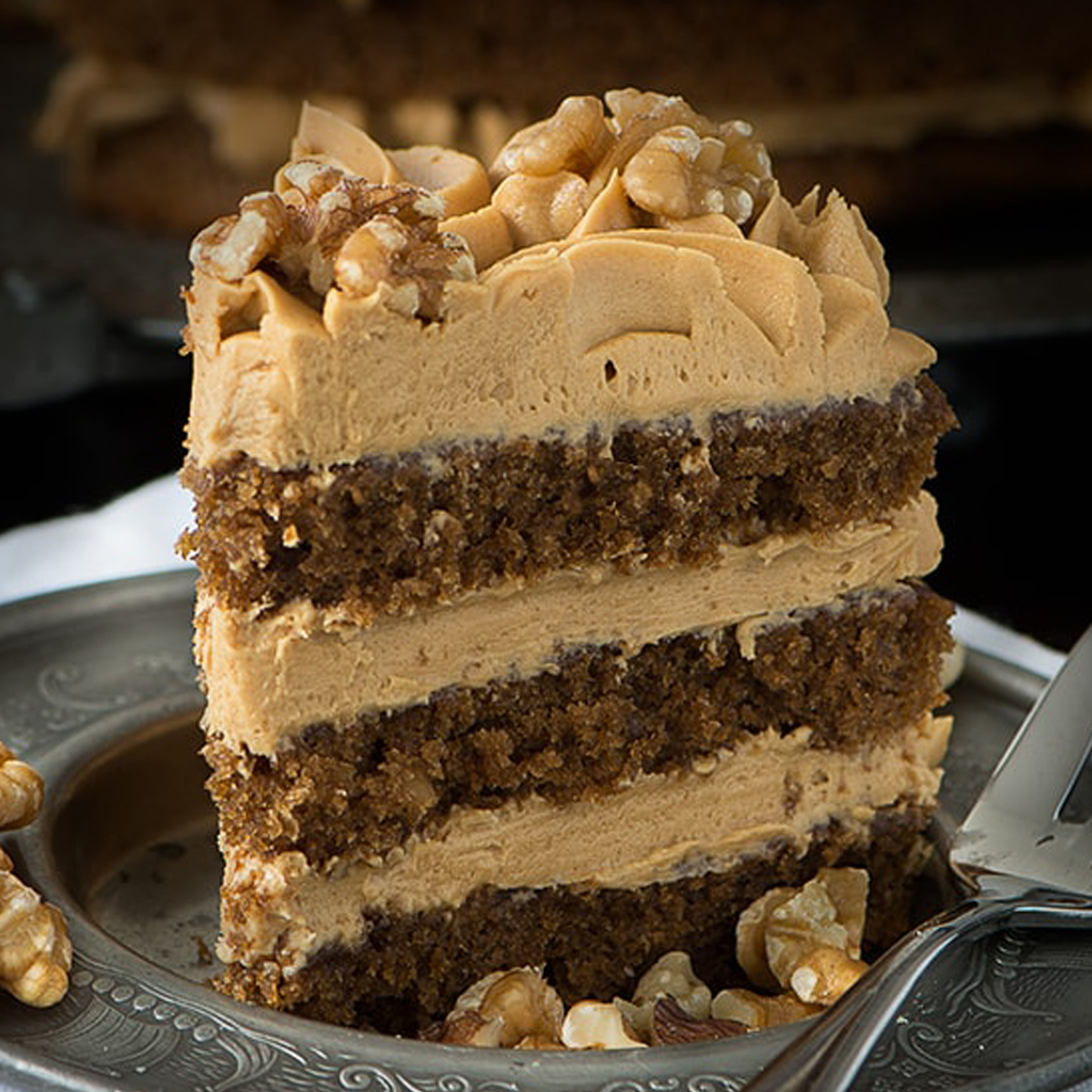Sponge cake is a light and airy dessert that has delighted taste buds around the world for many years. Its distinctive texture and delicate flavors make it a favorite choice for any occasion, from birthdays to afternoon teas. What sets sponge cake apart from other types of cake is its unique preparation method, which incorporates air into the batter to create a soft and fluffy texture.
The origins of sponge cake can be traced back to Europe, where it gained popularity in the 16th century. It was originally named after its sponge-like texture, which is achieved through the use of beaten eggs. Sponge cakes are traditionally made with simple ingredients such as flour, sugar, eggs, and butter or oil. This minimalist recipe allows the flavors to shine through, while the egg-based batter provides the cake’s signature lightness.
One of the most appealing aspects of sponge cake is its versatility. It can be enjoyed on its own, with a dusting of powdered sugar or a dollop of whipped cream, or it can be used as a base for elaborate cake creations. Due to its light and fluffy nature, sponge cake can easily absorb flavors from fillings, syrups, or frostings, making it a perfect canvas for creative culinary endeavors.
Whether you prefer a classic Victoria sponge cake, a zesty lemon sponge, or a decadent chocolate variation, sponge cake is sure to captivate your taste buds with its delightful texture and versatility. Join us on a journey to explore the world of sponge cakes, where simple ingredients combine to create a truly delightful treat for all occasions.
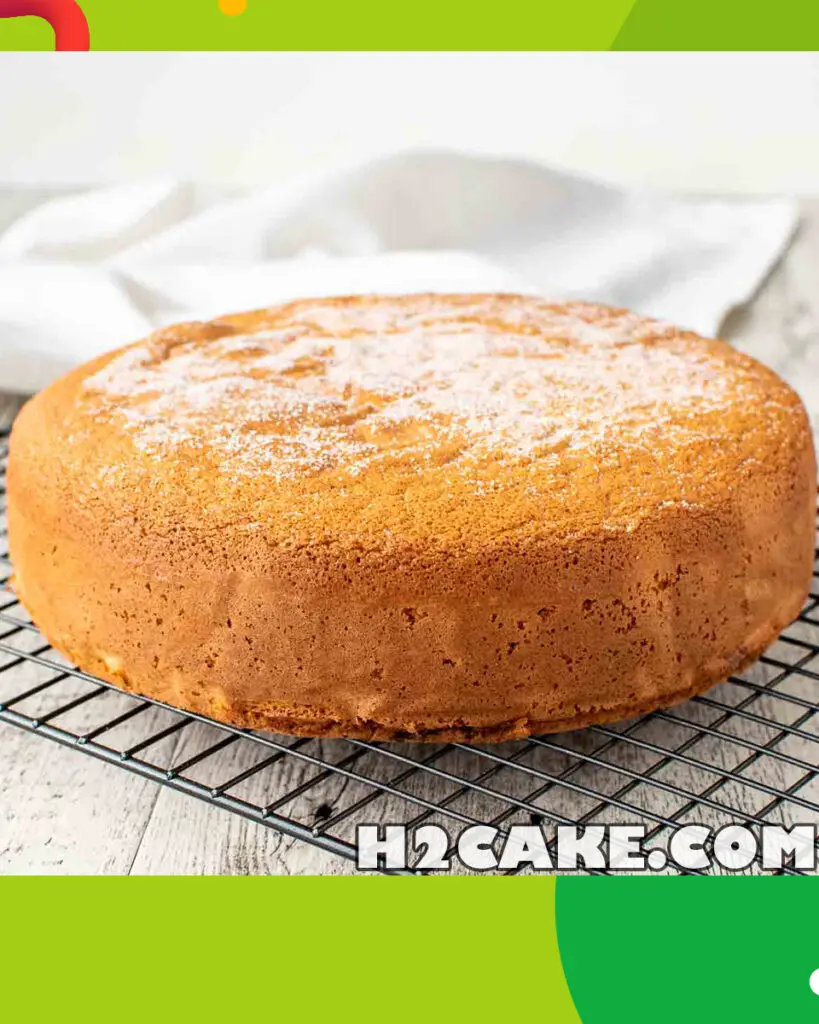
What Is Sponge Cake?
Sponge cake is a classic type of cake known for its light, fluffy, and tender texture. It is made using a simple combination of ingredients, including flour, sugar, eggs, and sometimes butter or oil. Unlike other cakes that rely on chemical leavening agents like baking powder or baking soda, sponge cake gets its rise mainly from the air trapped in the batter during its preparation.
The key characteristic of sponge cake is its spongy texture, which is achieved by incorporating air into the batter through a technique called “foaming” or “whisking.” This technique involves beating eggs (either whole eggs or separated yolks and whites) with sugar until the mixture becomes light in color, thick, and voluminous. Then, the flour is gently folded into the egg mixture, preserving as much of the trapped air as possible.
The absence of fat in the batter allows the air bubbles to expand during baking, resulting in a cake that rises beautifully and remains light and airy. Although sponge cakes can be flavored with various extracts or additions like lemon zest or cocoa powder, their flavor tends to be relatively subtle, allowing for versatility in pairing with fillings, frostings, or simply enjoying on its own with a dusting of powdered sugar.
Sponge cake is a beloved dessert enjoyed worldwide, with different variations found in many culinary traditions. It is often used as a base for layered cakes, such as the classic Victoria sponge or the famous French Génoise. Whether it’s enjoyed plain, with fresh fruit and cream, or adorned with a layer of frosting, sponge cake offers a delicate and delightful treat suitable for any occasion.
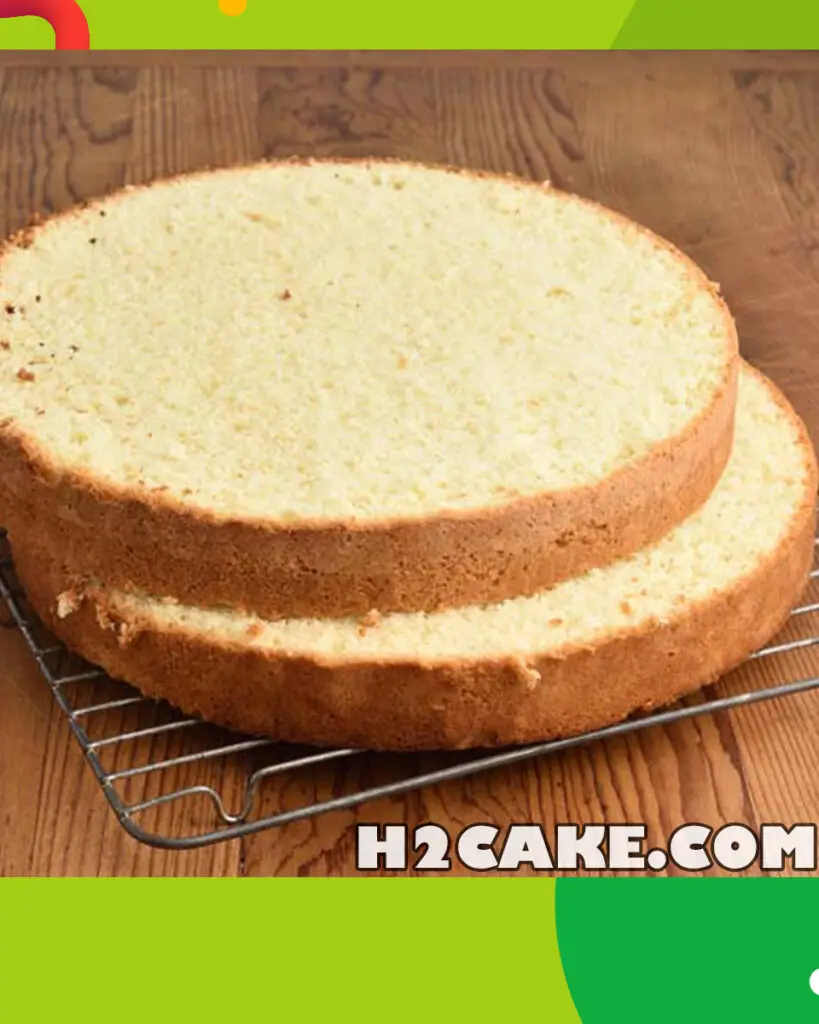
Why You Will Love Sponge Cake Recipe?
There are several reasons why you will love the sponge cake recipe:
- Light and Fluffy Texture: Sponge cake is renowned for its light and airy texture. The incorporation of beaten eggs into the batter creates countless tiny air bubbles, resulting in a cake that is incredibly soft and delicate on the palate.
- Versatility: Sponge cake serves as a versatile canvas for various flavors and fillings. Its subtle taste allows it to pair well with a wide range of accompaniments, such as fresh fruits, jams, creams, or even chocolate ganache. Whether you prefer a classic combination or something more adventurous, the sponge cake offers endless possibilities for customization.
- Elegant Presentation: With its tall rise and spongy texture, a sponge cake makes an elegant statement on any dessert table. Its light color and soft crumb provide a perfect backdrop for decorative touches like powdered sugar, frosting, or fresh flowers, making it visually appealing for special occasions.
- Accessibility: The ingredients required for a sponge cake recipe are commonly found in most kitchens. Flour, sugar, eggs, and some basic pantry staples are all you need to create this delightful dessert. The straightforward preparation method ensures that both novice and experienced bakers can easily tackle this recipe.
- Suitable for Different Occasions: Whether you’re celebrating a birthday, hosting a tea party, or simply enjoying a sweet treat, sponge cake is a versatile choice for all occasions. It can be transformed into a multi-layered showstopper or served as individual slices, making it suitable for gatherings of any size.
- Timeless Appeal: Sponge cake has been adored by dessert lovers for centuries and remains a classic favorite worldwide. Its simple yet sophisticated nature transcends trends and fads, ensuring its enduring appeal for generations to come.
In summary, the sponge cake recipe offers a delightful combination of lightness, versatility, and elegance. Its soft and fluffy texture, coupled with the ability to personalize and decorate, make it a beloved dessert enjoyed by all.
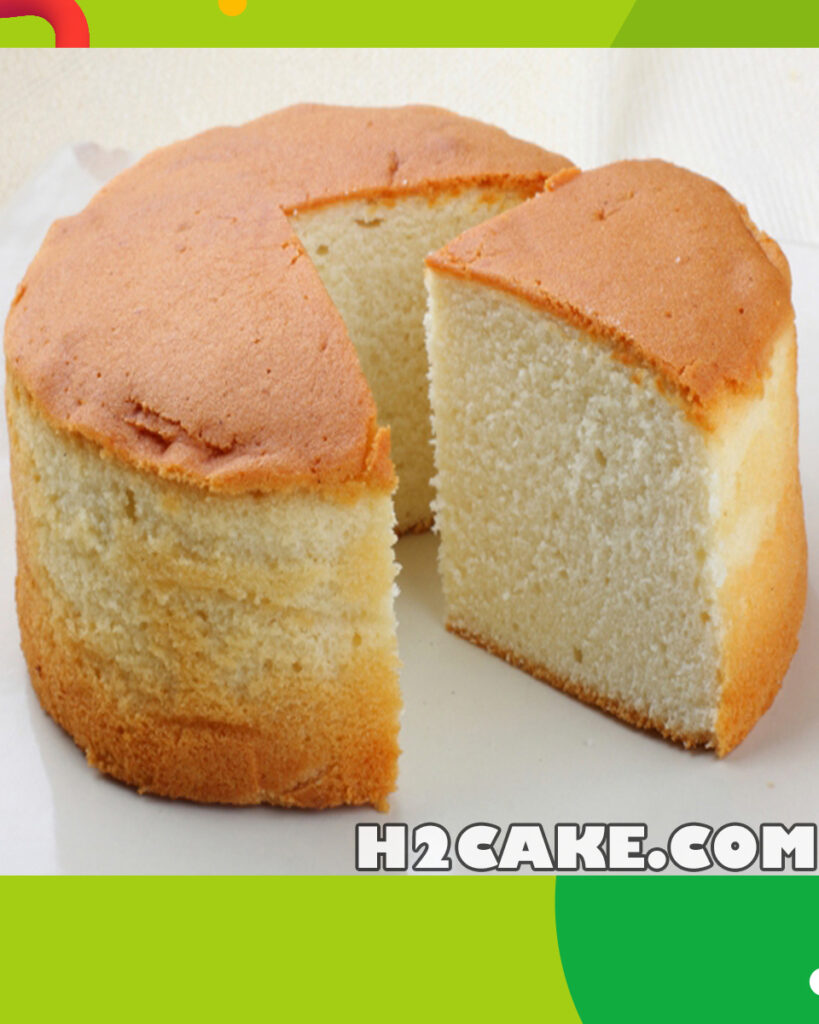
Ingredients for Sponge Cake
Here are the details of the ingredients and their quantities typically used in a basic sponge cake recipe:
- 4 large eggs
- 1 cup (200 grams) of granulated sugar
- 1 cup (120 grams) of all-purpose flour
- 1 teaspoon of baking powder
- 1/4 teaspoon of salt
- 2 tablespoons of unsalted butter, melted (optional, for added richness)
- 1 teaspoon of vanilla extract (optional, for flavor)
Note: The quantities mentioned above are for a standard-sized sponge cake. You can adjust the quantities based on your desired yield or the size of the cake you want to make.
Additional ingredients for flavor variations:
- For a lemon sponge cake: Add the zest of one lemon and 1-2 tablespoons of freshly squeezed lemon juice.
- For a chocolate sponge cake: Replace 1/4 cup of the all-purpose flour with 1/4 cup of unsweetened cocoa powder.
These are the essential ingredients, but you can get creative and experiment with other flavorings or additions, such as almond extract, spices, citrus zest, or even grated chocolate.
It’s worth noting that the specific measurements and ingredients can vary slightly depending on the recipe or personal preferences. Always refer to a reliable recipe source for precise measurements and instructions.
How To Make Sponge Cake
- Preheat your oven to 350°F (175°C) and grease a round cake pan or line it with parchment paper.
- In a large mixing bowl, add the eggs and granulated sugar. Using an electric mixer or a whisk, beat them together on medium-high speed until the mixture becomes pale, thick, and tripled in volume. This process may take about 5-7 minutes.
- In a separate bowl, combine the all-purpose flour, baking powder, and salt. Whisk them together to ensure even distribution of the leavening agent.
- Gradually add the dry ingredients to the egg mixture, gently folding them in with a spatula until just combined. Be careful not to overmix, as it can deflate the air trapped in the batter.
- If desired, add the melted butter and vanilla extract to the batter and fold them in gently until incorporated.
- Pour the batter into the prepared cake pan, spreading it evenly.
- Bake in the preheated oven for approximately 25-30 minutes or until the top is golden brown and a toothpick inserted into the center comes out clean.
- Once baked, remove the cake from the oven and let it cool in the pan for a few minutes. Then transfer it onto a wire rack to cool completely.
You can use this basic sponge cake as is, or customize it by adding flavors or fillings of your choice.
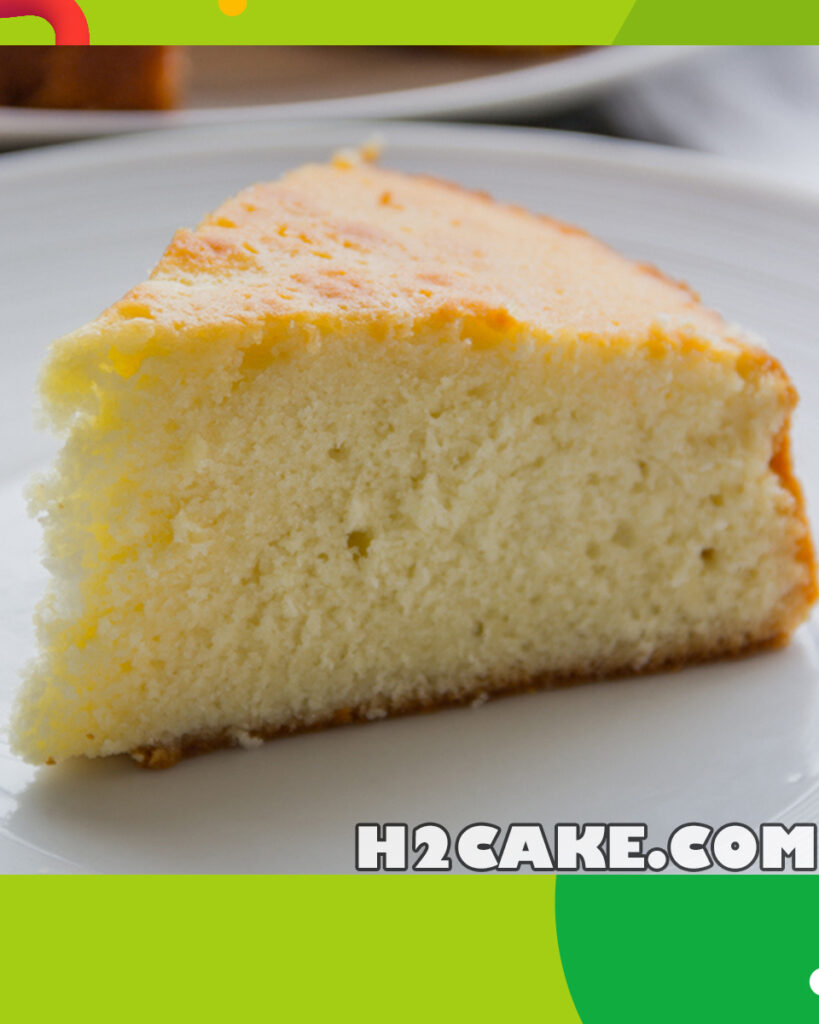
How To Serve Sponge Cake
Sponge cake is a classic dessert that can be served in various ways, depending on personal preference and occasion. Here’s a general guide on how to serve sponge cake:
1. Cooling: Allow the sponge cake to cool completely before serving. This ensures that the cake sets properly and retains its texture.
2. Slicing: Use a serrated knife to slice the sponge cake into desired portions. You can cut it into wedges, squares, or rectangles, depending on your preference.
3. Plating: Place the sliced sponge cake on individual serving plates or a serving platter. If you’re serving a larger crowd, you can arrange the slices attractively on a cake stand or tray.
4. Accompaniments: Sponge cake can be served on its own or accompanied by various toppings or accompaniments. Some popular options include:
- Fresh fruits: Serve sliced sponge cake with fresh berries such as strawberries, raspberries, or blueberries. You can also use sliced peaches, mangoes, or kiwis.
- Whipped cream: Dollop some freshly whipped cream on top of the sponge cake slices for added richness and flavor.
- Ice cream: Serve sponge cake with a scoop of vanilla ice cream or any other favorite flavor.
- Chocolate sauce or fruit coulis: Drizzle chocolate sauce or fruit coulis over the sponge cake slices for extra sweetness and flavor.
- Custard or pastry cream: Serve sponge cake with a side of custard or pastry cream for a more indulgent dessert.
5. Garnishes: Add some garnishes for a decorative touch. Sprinkle powdered sugar over the sponge cake slices or garnish with mint leaves or edible flowers for a beautiful presentation.
6. Serve: Once the sponge cake slices are plated and garnished, serve them immediately. Enjoy the delicious dessert with your preferred accompaniments.
Remember to store any leftover sponge cake properly in an airtight container to maintain its freshness.
How To Store Sponge Cake
Storing sponge cake properly is important to maintain its freshness and texture. Here’s how to store sponge cake:
- Cooling: Allow the sponge cake to cool completely at room temperature before storing it. Placing a warm cake in storage can create moisture and encourage mold growth.
- Wrap: Once the sponge cake has cooled, wrap it tightly in plastic wrap or aluminum foil. Make sure to cover the entire cake to prevent air exposure, which can dry out the cake.
- Container: Place the wrapped sponge cake in an airtight container or a cake storage container. Ensure that the container is clean and dry before placing the cake inside.
- Refrigeration: If you live in a hot or humid climate, or if your sponge cake contains perishable fillings such as cream or fruit, it’s best to store the cake in the refrigerator. Refrigeration helps to extend the shelf life of the cake and prevents spoilage.
- Room Temperature: If your sponge cake doesn’t contain perishable fillings and if the climate is cool and dry, you can store the wrapped cake at room temperature. Keep it in a cool, dry place away from direct sunlight and heat sources.
- Consumption: Sponge cake is best enjoyed within a few days of baking for optimal freshness and flavor. If stored properly, it can last for up to 3-4 days at room temperature or up to a week in the refrigerator.
- Freezing (Optional): If you want to extend the shelf life of your sponge cake further, you can freeze it. Wrap the cake tightly in multiple layers of plastic wrap or aluminum foil, then place it in a freezer-safe container or resealable plastic bag. Frozen sponge cake can last for several months in the freezer. Before serving, thaw the cake in the refrigerator overnight or at room temperature for a few hours.
By following these storage tips, you can keep your sponge cake fresh and delicious for as long as possible.
If You Love This Recipe Try These Out!
- Luscious Chocolate Sponge Cake Magic
- Irresistible Strawberry Sponge Cake Creation
- Revel In The Essence Of Lemon Sponge Cake
- Red Velvet Sponge Cake
FAQs and Troubleshooting
Why is my sponge cake dense or heavy?
- Overmixing the batter can lead to a dense cake. Mix the batter just until the ingredients are combined to avoid overworking the gluten.
- Not beating the eggs enough can also result in a dense cake. Ensure that the eggs are beaten until light and fluffy to incorporate air into the batter.
Why did my sponge cake collapse in the middle?
- Opening the oven door too early while baking can cause the cake to collapse. Avoid opening the oven door until the cake is almost fully baked.
- Underbaking the cake can also cause it to collapse. Make sure to bake the cake for the recommended time and test for doneness with a toothpick inserted into the center.
- Overmixing the batter or using too much leavening agent (baking powder or baking soda) can lead to a cake that rises too quickly and then collapses.
How can I prevent my sponge cake from sticking to the pan?
- Grease and flour the cake pan thoroughly before pouring in the batter to prevent sticking.
- Use parchment paper to line the bottom of the cake pan for extra insurance against sticking.
Why is my sponge cake dry?
- Overbaking the cake can result in a dry texture. Make sure to bake the cake for the recommended time and check for doneness with a toothpick.
- Using too much flour can also lead to a dry cake. Measure the flour accurately and sift it before adding it to the batter.
How do I make my sponge cake rise evenly?
- Ensure that the oven is preheated to the correct temperature before baking the cake.
- Distribute the batter evenly in the cake pan to promote even rising.
- Avoid opening the oven door too frequently while the cake is baking to maintain a consistent temperature.
Can I make sponge cake ahead of time?
- Yes, you can make sponge cake ahead of time and store it properly to maintain its freshness. Follow the storage instructions mentioned earlier in this guide.
Can I freeze sponge cake?
- Yes, sponge cake can be frozen for future use. Wrap it tightly in plastic wrap or aluminum foil and store it in a freezer-safe container. Thaw the cake in the refrigerator overnight before serving.
By addressing these common issues and following the tips provided, you can troubleshoot any problems that arise while making sponge cake and ensure a successful baking experience.
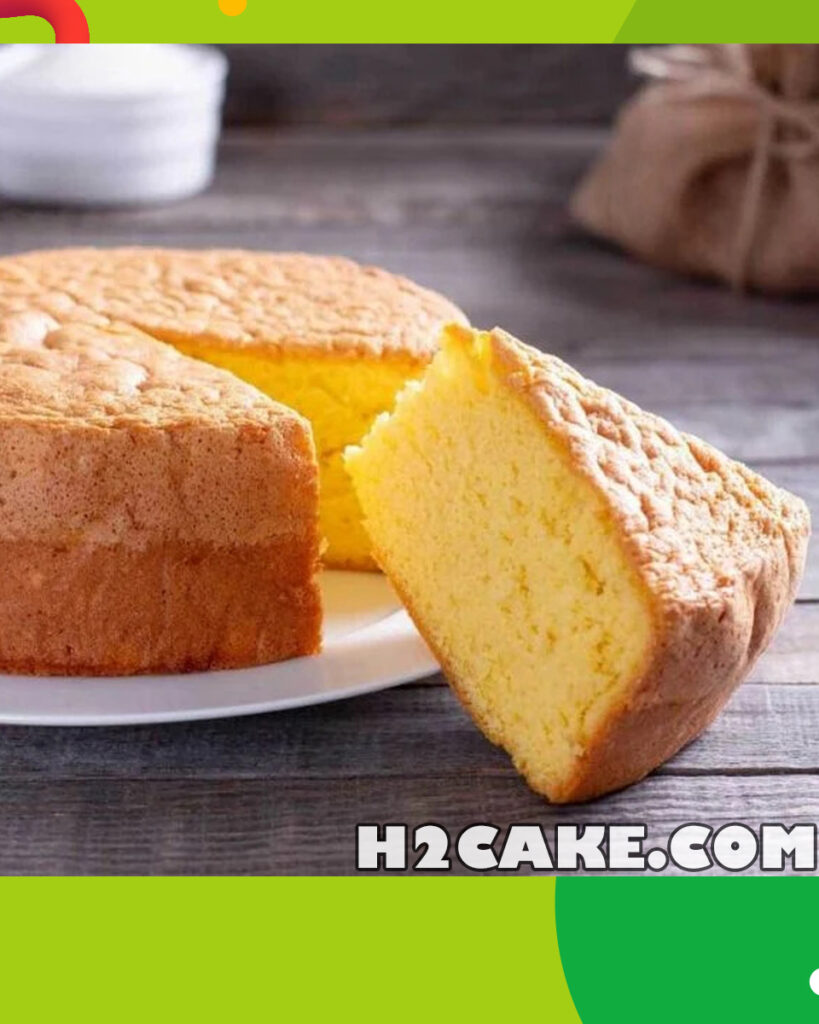
Tips and Tricks for Sponge Cake
Here are some tips and tricks for making a delicious sponge cake:
- Room temperature ingredients: Ensure that all your ingredients, particularly eggs and butter, are at room temperature before starting. Room temperature ingredients blend more easily and result in a smoother batter, which leads to a lighter cake texture.
- Proper mixing: When mixing the batter, be gentle and use a folding motion to incorporate the ingredients. Overmixing can lead to a tough cake. Fold just until the ingredients are combined evenly.
- Use cake flour: Cake flour has a lower protein content compared to all-purpose flour, resulting in a softer, more tender crumb. If you don’t have cake flour, you can make a substitute by replacing two tablespoons of all-purpose flour with cornstarch for every cup of flour.
- Beat eggs properly: Beat the eggs and sugar together until they are thick, pale, and doubled in volume. This step incorporates air into the batter, which helps the cake rise and creates a light texture.
- Don’t overbake: Sponge cake can dry out quickly if overbaked. Keep a close eye on the cake, and when it’s done, the top should be golden brown and spring back lightly when touched. Use a toothpick inserted into the center to check for doneness; it should come out clean or with a few moist crumbs.
- Avoid opening the oven door: Resist the temptation to open the oven door while the cake is baking, especially during the first half of the baking time. Sudden temperature changes can cause the cake to collapse.
- Cooling upside down: Some sponge cake recipes recommend cooling the cake upside down to prevent it from collapsing. If your recipe suggests this, invert the cake pan onto a cooling rack immediately after removing it from the oven and let it cool completely in that position.
- Add flavorings: While sponge cake is delicious on its own, you can enhance its flavor by adding extracts like vanilla or almond, or by incorporating citrus zest into the batter.
- Brush with syrup: To add moisture and flavor to your sponge cake, brush it with a simple syrup infused with flavors like lemon, orange, or vanilla before serving.
- Serve with accompaniments: Sponge cake pairs well with various accompaniments such as fresh fruit, whipped cream, chocolate sauce, or a dusting of powdered sugar. Get creative and experiment with different toppings to suit your taste preferences.
By following these tips and tricks, you’ll be well on your way to baking a perfect sponge cake every time!
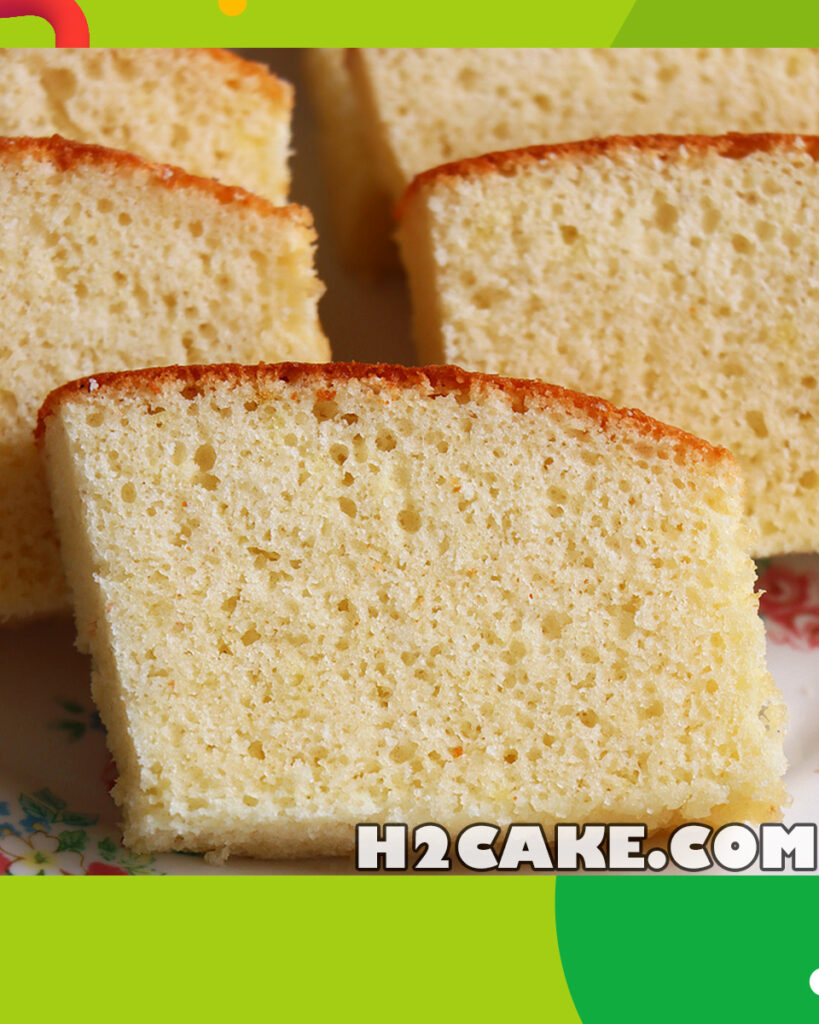
Nutrition Information
The nutritional information for sponge cake can vary depending on the specific recipe and ingredients used. However, here is a general approximation of the nutritional values for a typical sponge cake, based on a serving size of 1 slice (about 1/12 of an 8-inch cake):
- Calories: 150-200 kcal
- Total Fat: 6-10g
- Saturated Fat: 3-6g
- Cholesterol: 50-80mg
- Sodium: 100-150mg
- Total Carbohydrates: 20-30g
- Dietary Fiber: 0g
- Sugars: 10-20g
- Protein: 3-5g
It’s important to note that these values are approximate and can vary depending on factors such as the specific ingredients used (e.g., type of flour, amount of sugar and butter) and serving size. Additionally, if the sponge cake is served with any toppings or accompaniments (such as whipped cream or fruit), the nutritional content will vary accordingly.
For precise nutritional information, it’s best to refer to the specific recipe you’re using or consult a nutrition calculator based on the ingredients you’ve used in your sponge cake recipe.

